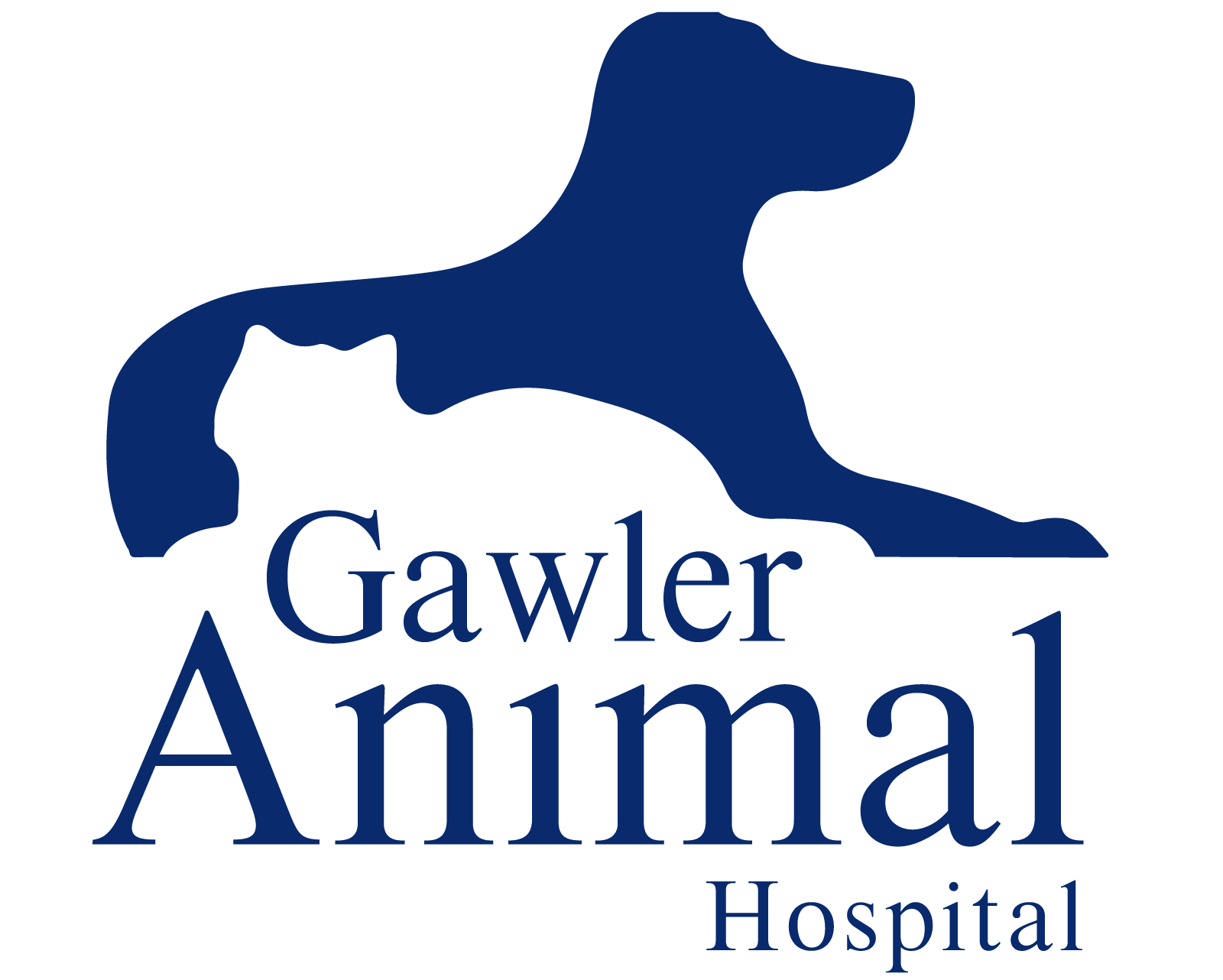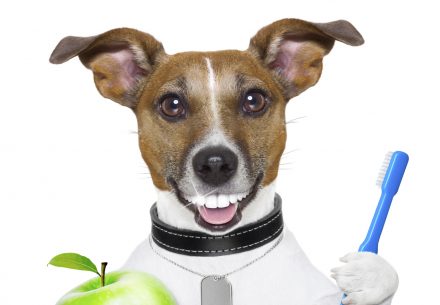Every August, there’s a lot of fuss about Pet Dental Month. I’d have to say we don’t pay much attention to that because, for us, every month is dental month! Sadly, we see an awful lot of dental disease in both dogs and cats and that takes up quite a lot of our daily routine at the hospital. This involves not only the actual treatment but a lot of time spent answering questions from clients regarding prevention, treatment, causes and outcomes.
In the spirit of Pet Dental Month, we’re going to bring you a short series of articles, over the next few weeks, to help you understand this very common condition. For the moment, though, I’ll focus on why it’s such an issue.
Ok, so why the big fuss? What’s the problem with pet dental disease and why should we be so concerned with preventing or treating this? The main factors are as follows:
1) It’s painful!
- Anyone who’s had either toothache or even simple gingivitis will tell you that it’s no fun at all. Although pets are probably a bit more stoic than most of us, they feel pain in exactly the same way as us.
2) It smells bad!
- Halitosis (bad breath) is caused by bacteria trapped in infected gums. The sudden absence of smell is one of the first things many owners comment on after we’ve cleaned up their pet’s mouth. You really don’t need to put up with ‘doggy breath’.
3) It’s progressive
- The natural reaction to toothache is to move food to a different part of the mouth. As cats and dogs often rely on chewing to keep their teeth clean, avoiding that part of the mouth means they’re not cleaning their teeth properly. Result of that is more dental disease developing.
- This progression can happen in a matter of a few short months and this delay can be the difference between reversible and irreversible damage.
4) It Spreads
- Bacterial infection will spread from the infected gums/teeth by way of the bloodstream. It’s quite common for these bacteria to then lodge in places like heart valves and kidneys. The damage caused by that spread is permanent and hat’s really not good news for any animal.
5) It’s a killer
- Unquestionably, pets with significant dental disease have a shorter life expectancy due to heart and kidney failure.
6) It’s common
- The vast majority of pets we see would have some degree of dental problem by the tender age of three years old (often much younger).
All in all, it really is a major problem in pets and is by far the most common disease we encounter in practice! The good news is that it’s largely preventable with a bit of knowledge and regular care.
In upcoming articles, I’ll tell you how to recognise the signs of dental disease and how we treat it. Most importantly, I’ll also give you some tips on how to prevent it in the first place! In the meantime, if you need any more info, or if you think you need to have your pets mouth checked, give our fantastic receptionists a call on 8522 3500 or go online to book an appointment directly.






